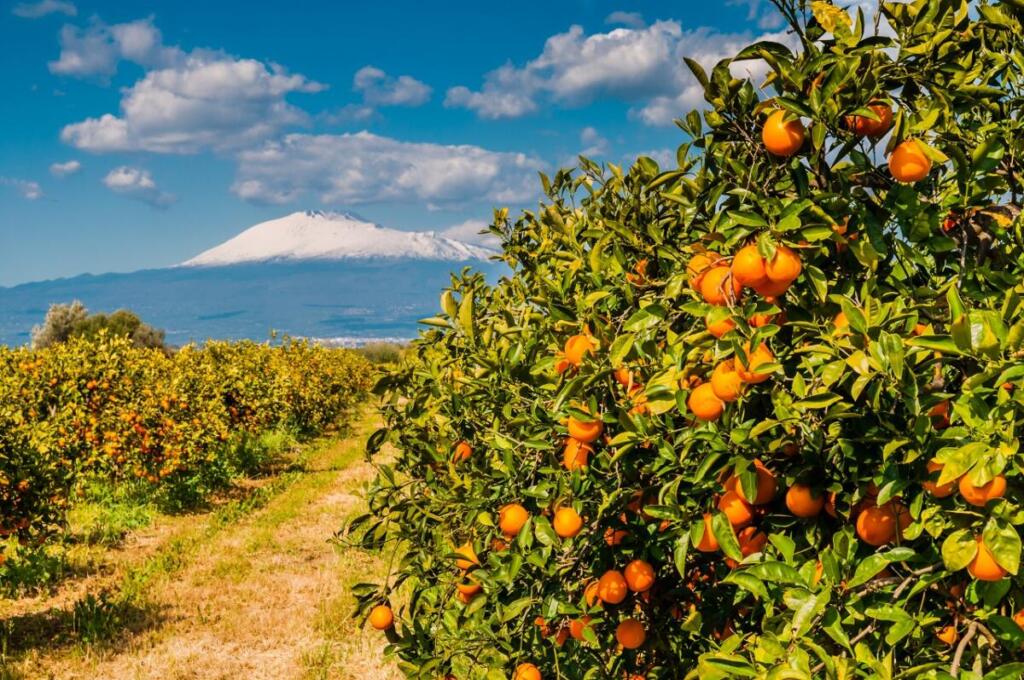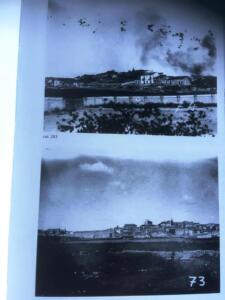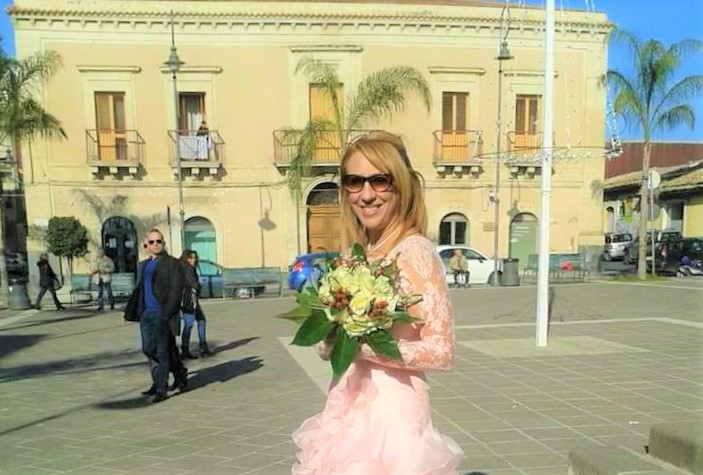Scordia invests you with a sultry and intense heat: it is a town in the plain of Catania where I went for the first time for work reasons.
It was like falling into Vergian tales: the landscape is burnt, sunny, painted yellow like Van Gogh's sunflowers that make me rethink "Life of the fields".
Piazza San Rocco with its limestone frames the Mother Church of the same name which is presented in Sicilian Baroque style.
In 1628, Prince Antonio Branciforte had the church dedicated to San Rocco, patron of the town, built at the same time as his palace. At sunset the contours of the church, the square and the statue of the Saint placed in the centre, take on a pink light.
Prowling around Scordia, I am struck by the austere beauty of Piazza San Francesco, with its convent of the reformed friars and the adjoining church of Sant'Antonio.
Then we see the panorama of the Vallone Cava, ochre-coloured with green bushes of Mediterranean scrub in the middle of the stream bed where women once went to wash clothes.
You can breathe a vergian atmosphere between the nineteenth-century lanes and palaces such as the Paolì, De Cristofaro palaces and the magnificent princely residence of the now ancient Palazzo Branciforti.
[caption id="attachment_117756" align="pull-left" width="225"] Picture by Giovanni Verga (1)[/caption]
Picture by Giovanni Verga (1)[/caption]
Along the continuation of via Guglielmino, there are ancient buildings, the so-called Case Cancellieri, which were part of the residence of the lords of the Casale di Scordia Suttana before it became a principality. With Antonio Branciforte the "refoundation" took place thanks to the "licentia populandi" granted by the Spanish viceroy, in 1628, and the town of Scordia was officially born.
These small houses that protrude over the valley remind me of Canziria and it suddenly seems to me that I can see one of Giovanni Verga's characters.
You can admire two photos shot from the 'vate' of the moving train in the act of crossing Scordia, in the direction of Vizzini, which portray two elevated locations in the city of citrus fruits.
[caption id="attachment_117759" align="pull-left" width="225"] Picture by Giovanni Verga (2)[/caption]
Picture by Giovanni Verga (2)[/caption]
The book is kept in the local municipal library named after the painter Giuseppe Barchitta, and housed in the beautiful late-eighteenth-century Vecchio-Maiorana building.
In Scordia I find my origins, in one of the streets, I discover the Alonzo palace which belonged to my great-grandfather Gesualdo, a notable and several times mayor of the town.
And in my mind there are echoes of the sometimes unusual stories about my important uncles.
Finally, I discover a limestone church, Santa Maria Maggiore in Piazza Regina Margherita, built on the old church when Scordia was only a farmhouse, and of which we have the first news of its existence in 1308.
Destroyed by the earthquake of 1693 it was rebuilt on the initiative of the inquisitor of the Kingdom of Sicily Don Matteo Imperia, my ancestor!
My return to Scordia for professional reasons happily changed my life, because in the Library, at the Vecchio-Maiorana palace, I married my charming librarian.







Follow us